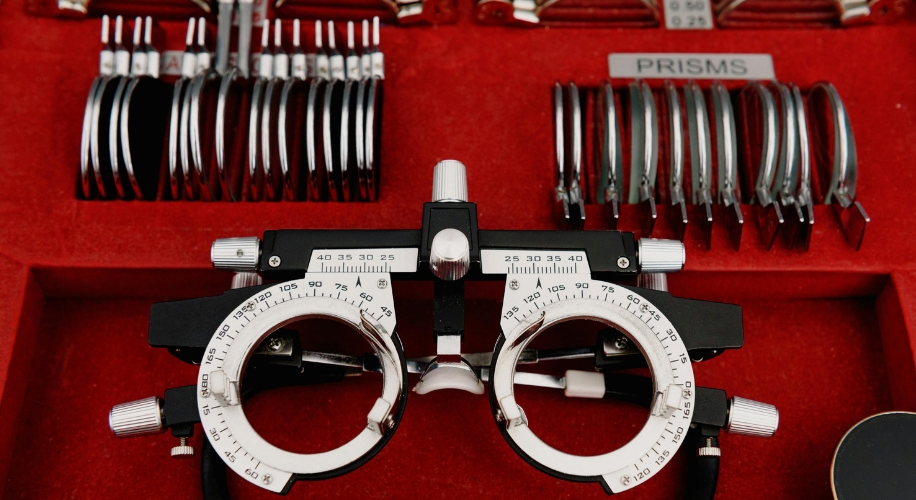Esotropia vs. Exotropia: A Comprehensive Guide
Vision is a vital part of our daily lives, and when it’s affected by conditions like esotropia or exotropia, it can lead to significant challenges. Both are types of strabismus, a disorder where the eyes do not properly align with each other. To better understand these two conditions, we’ll explore the differences, symptoms, and available treatments.
Photo by Andrea Piacquadio
What is Esotropia?
Esotropia is a form of strabismus where one or both eyes turn inward. This inward deviation can occur constantly or intermittently. Children are often diagnosed with esotropia, but it can also affect adults.
The most apparent symptom is that one or both eyes may appear crossed or turned inward. Individuals may experience double vision, particularly if the condition is not treated. This can lead to poor depth perception and challenges in activities requiring hand-eye coordination, such as sports.
What is Exotropia?
Exotropia, on the other hand, involves one or both eyes turning outward. This condition can also be either constant or intermittent and is commonly observed in both children and adults.
In exotropia, one or both eyes may appear to drift outward. Like esotropia, individuals with exotropia may also experience double vision. Individuals may struggle to focus on objects and may squint to improve their vision and focus.

Photo by Gustavo Fring
Diagnosis
Both esotropia and exotropia require a thorough eye examination by an eye care professional. Diagnostic tests may include:
- Visual Acuity Tests: To assess clarity of vision.
- Cover Tests: To determine the degree of misalignment.
- Refraction Tests: To evaluate refractive errors.
Treatment Options
Treatment varies depending on the severity of the condition and may include:
- Prescription Glasses: Corrective lenses can help manage refractive errors associated with both esotropia and exotropia.
- Vision Therapy: Eye exercises designed to improve coordination and focusing abilities.
- Prism Lenses: Special lenses can be used to help align the images seen by each eye.
- Surgery: In some cases, surgical intervention may be necessary to correct the alignment of the eyes.

Photo by Ksenia Chernaya
Understanding the differences between esotropia and exotropia is crucial for identifying symptoms early and seeking appropriate treatment. If you or someone you know is experiencing an eye turn, don’t hesitate to consult with an eye care professional. With the right approach, both conditions can be effectively managed, allowing individuals to lead a more comfortable and fulfilling life.





 Canada
Canada